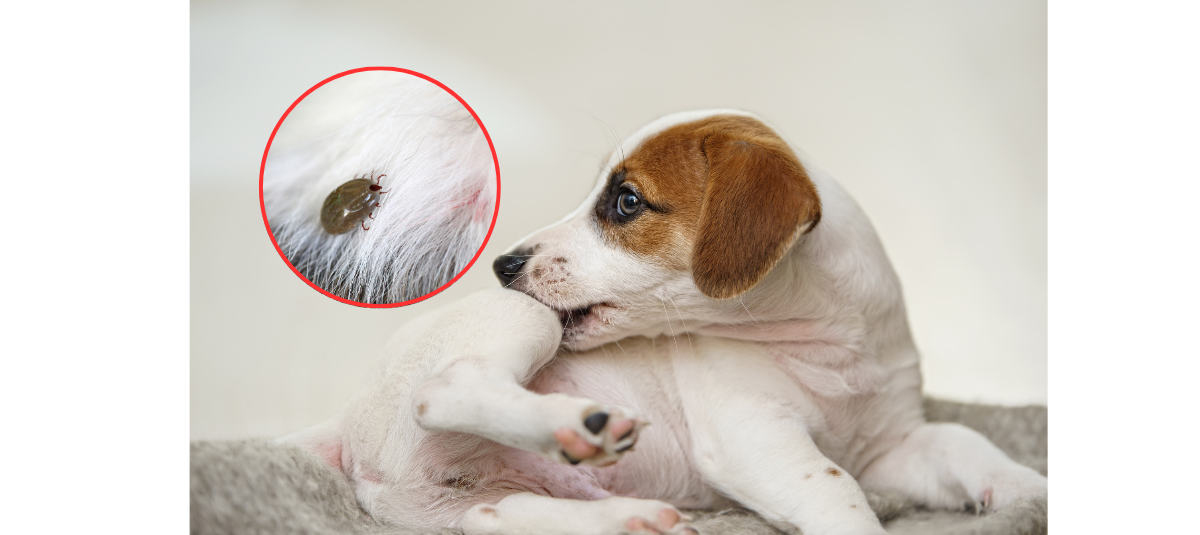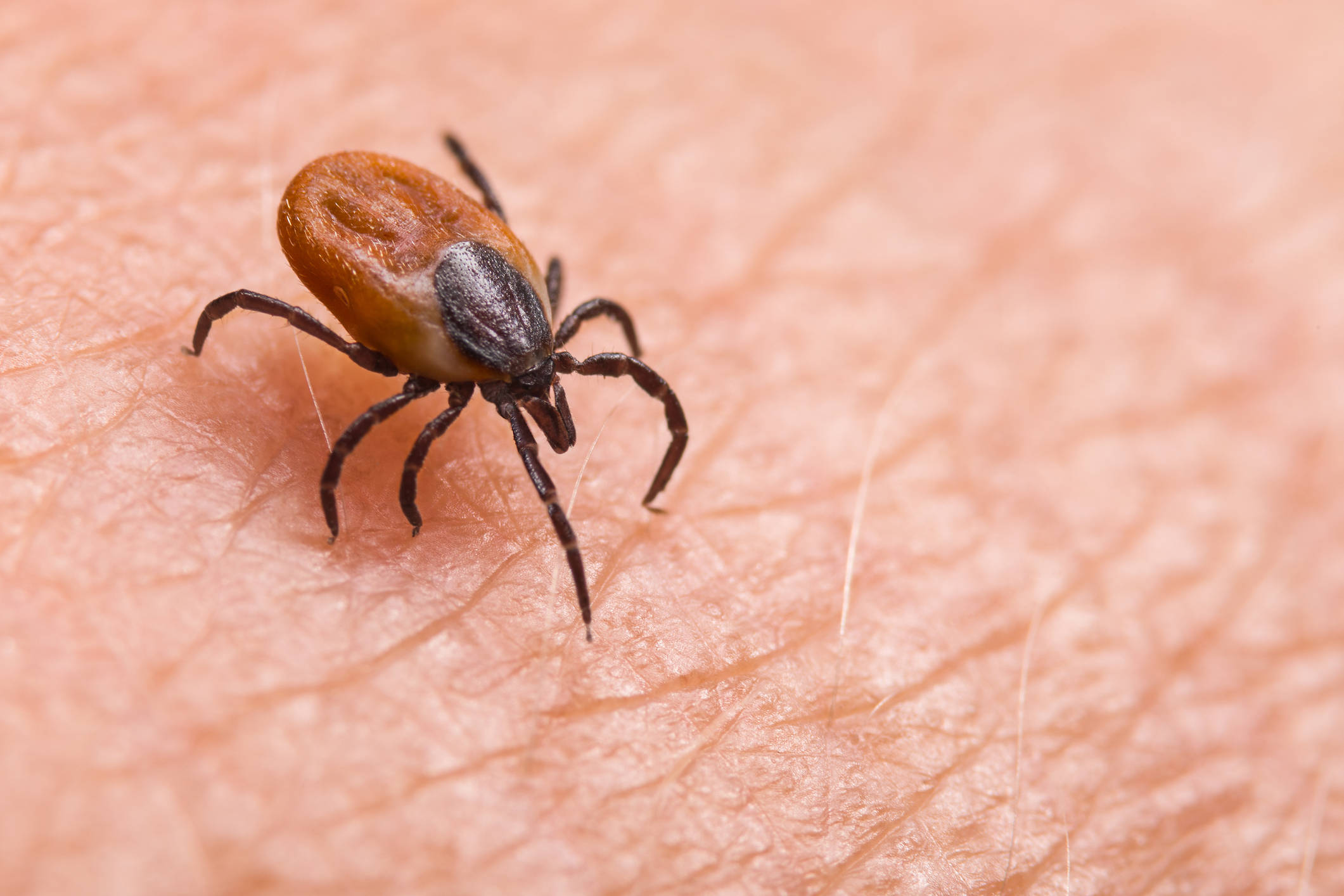Holiday Season: Tick Risks on Pets and How to Avoid Them

With the arrival of the mid-year holidays, many people are considering traveling with their pets. Collars, food and water bowls, toys, and other items are part of a pet's travel kit; however, there's one additional item that shouldn't be overlooked for a successful vacation with pets: parasite prevention, especially against ticks.

Beware of ticks. Photo: iStock
Whether you travel with your pet to warm or cold places, ticks, thanks to evolution, have adapted to a wide variety of climates and can even be found indoors, completing their life cycle, which can usually take from weeks to several months. This is why eradicating them can sometimes be a difficult task.
What are ticks? Contrary to what some people think, ticks are not considered insects. They belong to the arachnid class, sharing the classification with spiders and mites that cause mange in pets.
Additionally, ticks are classified as ectoparasites (external parasites) that are hematophagous (i.e., they feed on blood), which allows them to change phases within their life cycle.

Ticks can feed on the blood of dogs and cats. Photo: iStock
Their wide distribution allows them to be found not only in diverse climates but also parasitizing various animal species such as birds, reptiles, and mammals. This characteristic is crucial because, while bird ticks do exist, they can feed on the blood of dogs and cats , and even humans, which is considered an additional risk factor for disease transmission.
Regarding the physical characteristics of ticks, which are essential for early diagnosis, these parasites have 4 pairs of legs in their adult stage , they have no wings or antennae, and can measure from 1 millimeter, in their initial stages, to 2 centimeters in the adult stages, which can make them difficult to observe with the naked eye.
Risks of ticks One of the main risks is related to their feeding habits. Consuming host blood can cause anemia in cases of severe infestations , parasitism of weak, young, or older animals, or pets with other medical conditions.
Another consequence of their feeding on the blood of pets is that ticks can transmit different infectious diseases , among which we can find:
- Ehrlichiosis. In which the pet may present with fever, weight loss, weakness, anemia, bleeding, and joint pain.
- Babesiosis. Causes fever, loss of appetite, yellowing or paleness of the mucous membranes, and dark urine.
- Anaplasmosis. Clinical signs are often similar to those of ehrlichiosis.

Check the ears, eyelids, and between the claws of cats and dogs. Photo: iStock
In this regard, veterinarian Camila Barrios emphasizes that "parasite prevention and diagnosis are aspects that pet caretakers should prioritize, since animals can not only be affected, but also become a source of infection for humans ."
Finally, tick bites can cause skin lesions, leading to bacterial infections and even allergic reactions due to hypersensitivity to the parasite's saliva.
How to avoid them? During this holiday season, pets, especially dogs, are more at risk of coming into contact with ticks during walks and even at daycare centers or rural schools. Therefore, it's essential to protect them before your trip.
“An important part of prevention is knowing how to recognize a tick and taking measures before traveling, since the protection offered by antiparasitic products is not immediate,” explains the veterinarian, adding, “ once ticks are observed on the dog or cat, it is essential to thoroughly clean the home because eggs and immature forms of the parasite can hide in the home.”
Currently, there are different options on the market depending on the needs of both the owner and the pet. "The essential thing is that, before purchasing any product, owners should talk to their veterinarian to choose the one that best suits their needs ."
In addition to using antiparasitic products frequently, and not just during vacation, it is important to check your pets' skin and fur, feed them properly, and consult your veterinarian if you notice signs such as fever , weakness, lack of appetite, frequent scratching, bleeding, and abnormal coloration of the gums or the inside of the eyelids.
GABRIEL GARCÍA - FOR TIME
eltiempo




